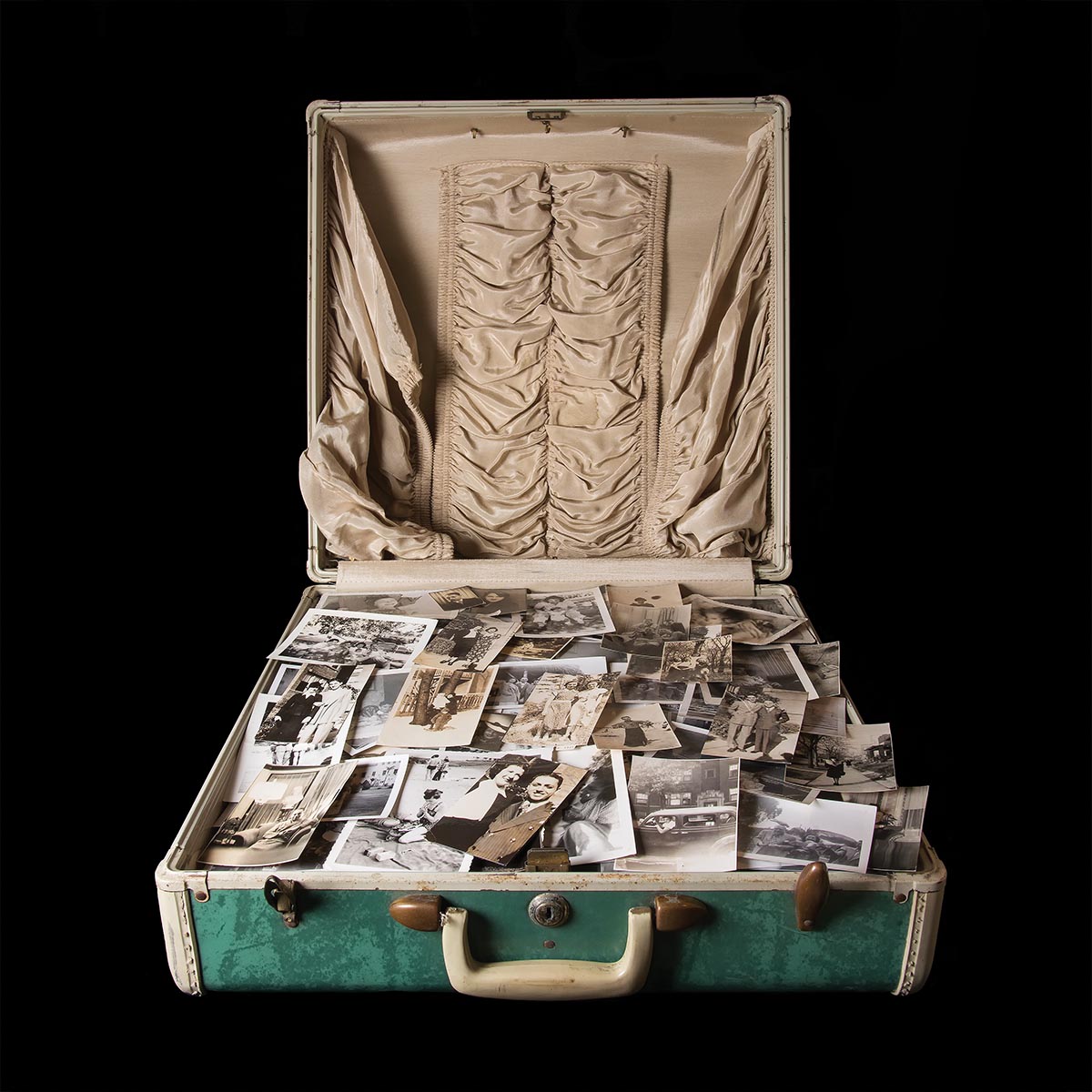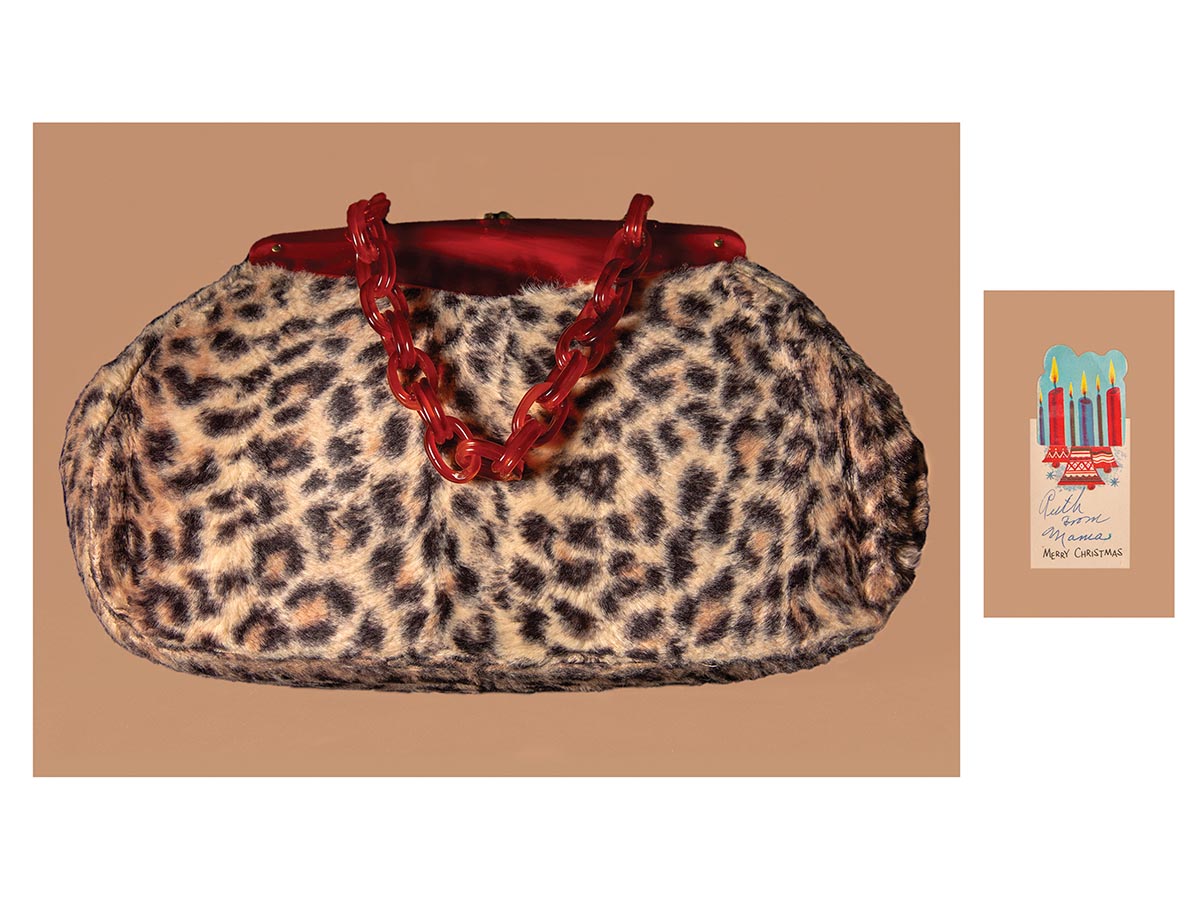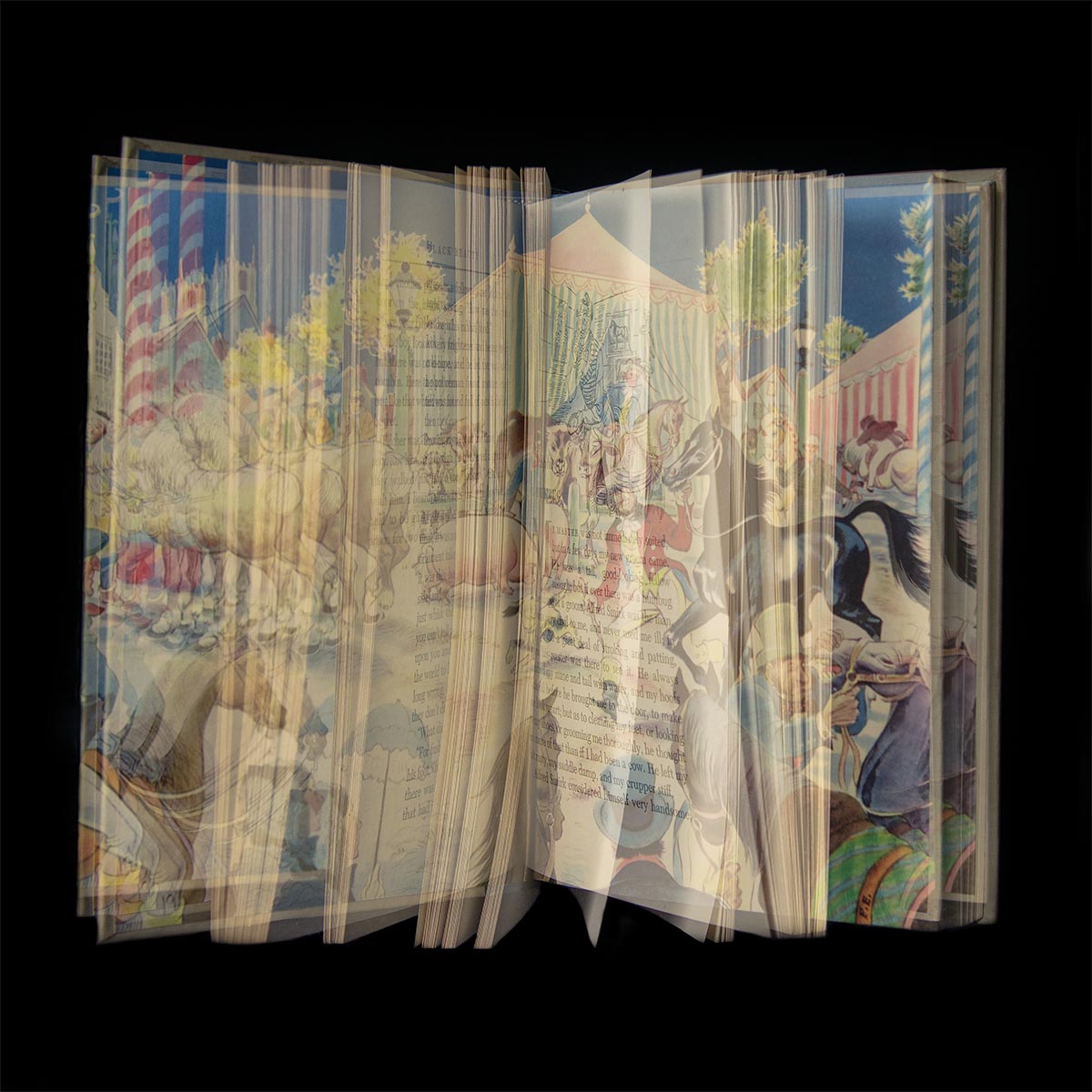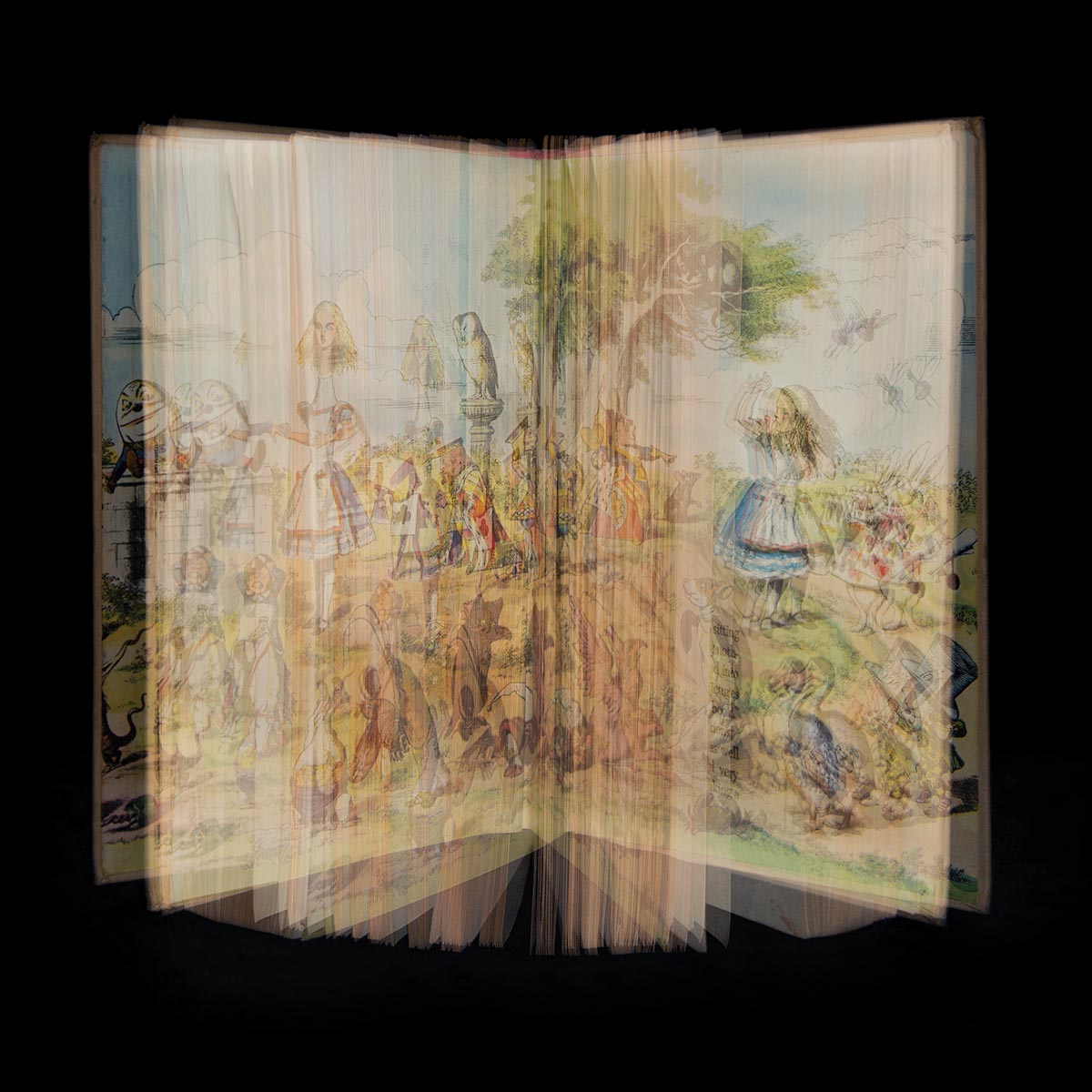
Renowned photographer John Szarkowski presented a theory in 1978 that there are two types of photographers: windows photographers, who explore the reality of the exterior world by photographing such things as landscapes, buildings, and flowers; and mirrors photographers, who use photography to project their inner sensibilities. Fine art photographer Ellen Cantor identifies as the latter: “That’s how I start. It’s in my head. I don’t know what I’m going to do with it, I don’t know where it came from, and I work through it. Because when I start, I can’t tell you how I’m going to finish.”

WORKING THROUGH IT
Cantor has been making photographs for 20 years. Prior to photography, she had a career in interior design. The design business became primarily that—a business—and she craved a creative outlet. Enter photography. She took a class at a local camera store to learn the basics then advanced her skills further through workshops at the Los Angeles Center of Photography. Ten years after she first picked up a camera, Cantor retired from interior design and concentrated on her fine art photography, which has been exhibited at museums and galleries and published in magazines. She offers tips for photographers pursuing the fine art niche.
TAKE ADVANTAGE OF PORTFOLIO REVIEWS. Organizations such as the Los Angeles Center of Photography, the Institute of Contemporary Art San Jose, and the Houston Center for Photography, among many others, host portfolio reviews for artists where photographers gain access to a panel of reviewers who critique their work. “[It’s] kind of like speed dating,” says Cantor. You select six to 10 people from the panel—from publishing, academia, galleries, etc.—whom you’d like to meet, and you spend 20 minutes of one-on-one time with each, showing them your best work in print.


Enter these meetings with a purpose, advises Cantor. Perhaps you’re stuck with a project and need direction. Or maybe you’ve completed a project but aren’t sure where it should live—in a museum, a gallery, or on the pages of a book. The panel experts can help. In fact, she landed a gallery show out of one such meeting and has received sound direction on her work as well as ideas for a possible book from others. The reviews aren’t inexpensive, she notes, but the cost can be worth it. At the very least, you can add the panel members to your mailing list to keep them updated on your work well into the future.
JOIN OR CREATE A GROUP OF PHOTOGRAPHERS TO REVIEW AND SUPPORT ONE ANOTHER’S WORK. Cantor is a member of two photography groups: one that developed out of a workshop and another that developed more organically. “I knew someone who knew someone who wanted to start it, and it snowballed,” she says. The groups have been invaluable in giving feedback to her as she’s experimenting with different ways to capture a still life, communicate an idea through art, or display a project.
MAKE TIME TO MARKET YOUR WORK. “You can’t just make the work; you have to get the work out there,” she says. Networking, reaching out to people, talking to people—it’s all part of the job. She keeps in contact with portfolio review panel members, teachers from workshops, and jurors from photography shows, sending emails about new projects she’s working on and keeping them abreast of her work. She updates her Facebook and Instagram pages when her work is exhibited.
START SMALL. Cantor’s work was first exhibited at a local library show. After that, she entered her work in other juried photography shows. “I didn’t get a gallery for probably 10 years,” she says. “But I had my work in many exhibits and I belonged to a membership gallery in L.A., and then through that, I met someone who put my work in a museum.” The secret is to keep going, she says.
Amanda Arnold is a senior editor.

 View Gallery
View Gallery
